We adore sparkling rosé at all times. With Valentine’s Day coming and some interesting wine news bubbling out of Europe, it’s an especially good time to talk about pink fizz.
Related Reading
Just recently, the Italian powers-that-be issued a green light for the production of pink Prosecco. Historically, the nation’s most iconic sparkling wine was made solely with white grape varieties like Glera. Now, it can incorporate certain reds like Pinot Nero (aka Pinot Noir). It aligns with what other major sparkling wine-producing countries have done to broaden what they’re allowed to make and sell.
It’s great news for bubbles enthusiasts as yet another style gets a seat at the table. It’s cause for celebration, but what to crack? Fret not, we’ve assembled the best 8 sparkling rosé wines to explore at the moment, whether you’re looking to impress your partner or you just want to enjoy a well-made example.
Laurent-Perrier Cuvée Rosé
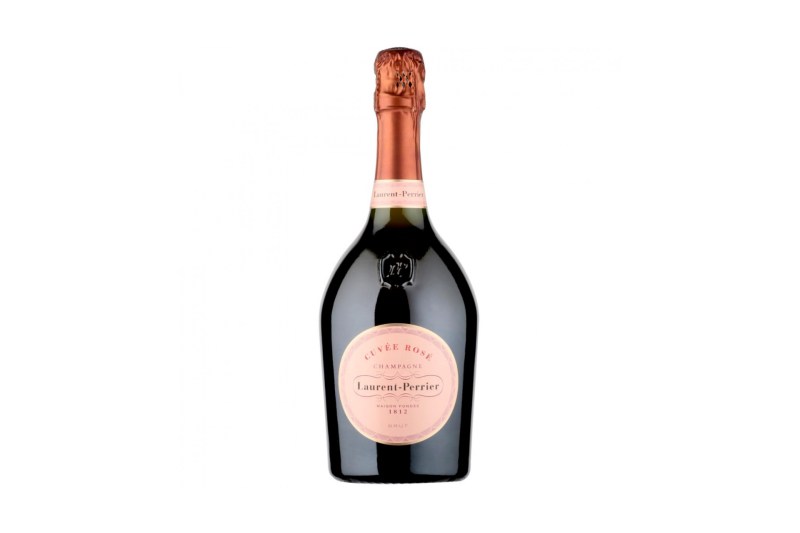
This classic pink Champagne comes in a fitting bottle, one that harks back to festive occasions a few generations ago. It’s expertly made, a perfect combination of complicated wine and fresh and festive sparkler.
Mionetto Prestige Prosecco Rose

This is a great starting point for entering the new Italian sub-genre of sparkling. It’s not overly complex but quite refreshing and will serve as a gateway pink, inspiring you to check out the increasing number of options that land stateside over the next year.
Alma Negra Brut Nature
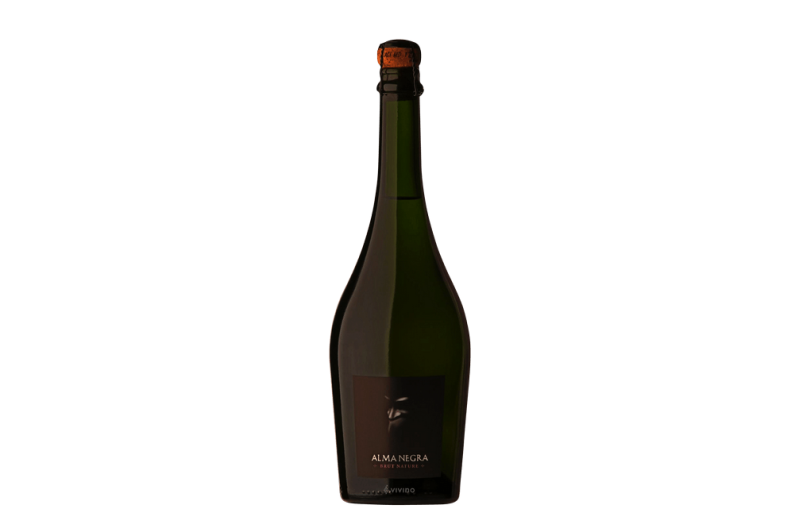
A mix of Pinot Noir and Malbec from Argentina, this wine zings with a lime-y acidity. It’s aged on the lees for 8 months, affording it nice texture and a little extra oomf in terms of structure.
Pierre Sparr Cremant D’Alsace
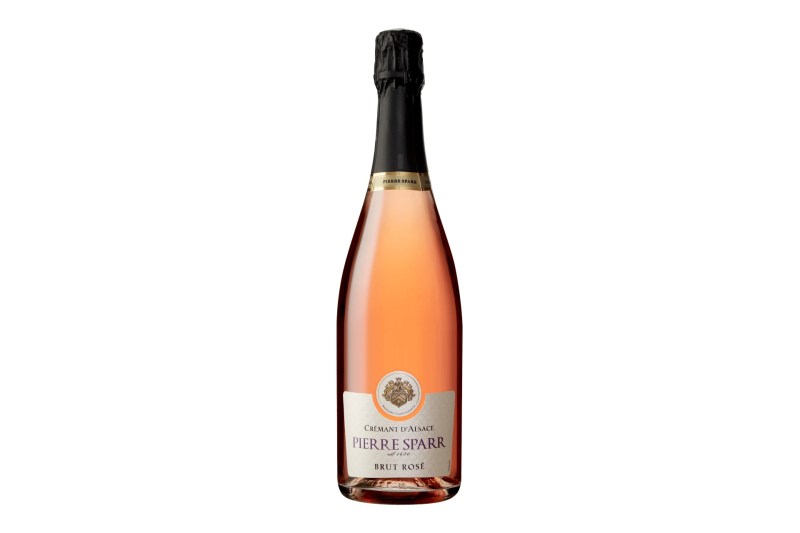
A striking salmon hue, this wine from Alsace tastes as good as it looks. It’s made entirely of Pinot Noir and shows lively berry and stone fruit notes with just the right amount of effervescence.
Soter Mineral Springs Brut Rosé
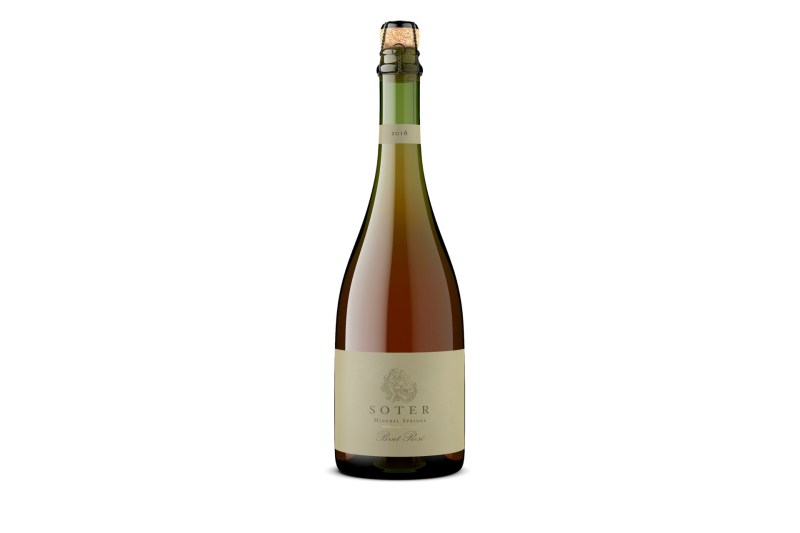
This esteemed Oregon producer helped turn the world’s attention to the Willamette Valley as perhaps the next great place on the planet for sparkling wine. This one is a lovely stroll through the country during strawberry season, with clean fruit notes and a finish that doesn’t want to let go.
Champagne Delamotte Rosé
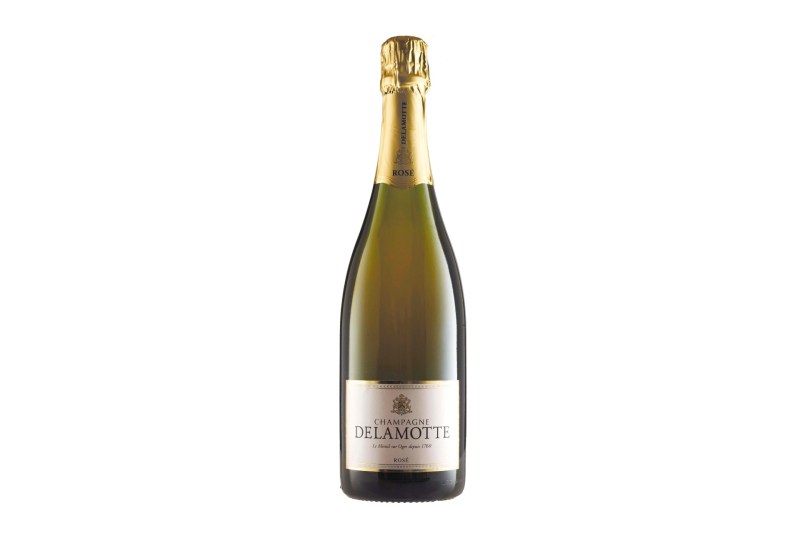
A bona-fide pink Champagne, this striking option is made from 80% Pinot Noir and 20% Chardonnay. Thanks to an extended amount of skin contact, there’s structure for days and flavors and fragrances that pull you deep into the glass.
Stephane Tissot Cremant du Jura
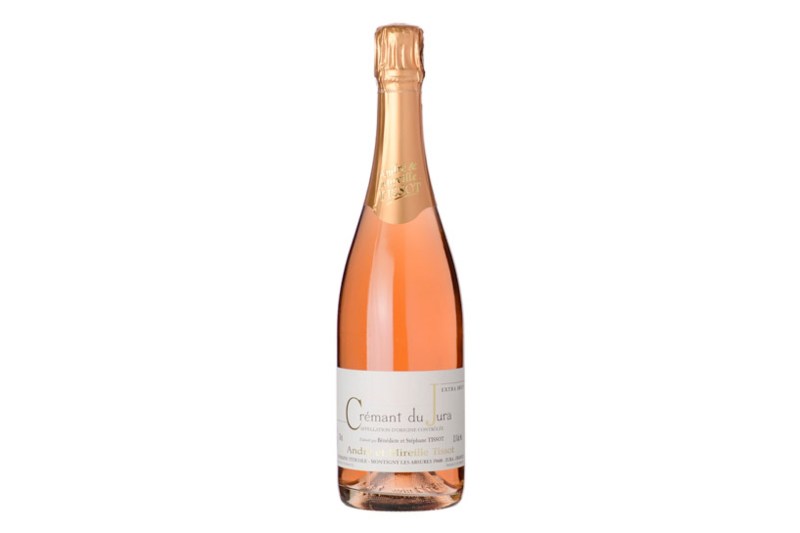
If the Jura region of France is something you’ve explored yet, put it on your list of things to do in 2021. It’s a distinctive sparkling wine, adored by insiders for its exquisite build and flavors of tart fruit and nutty breads.
Perrier-Jouët Blason Rosé
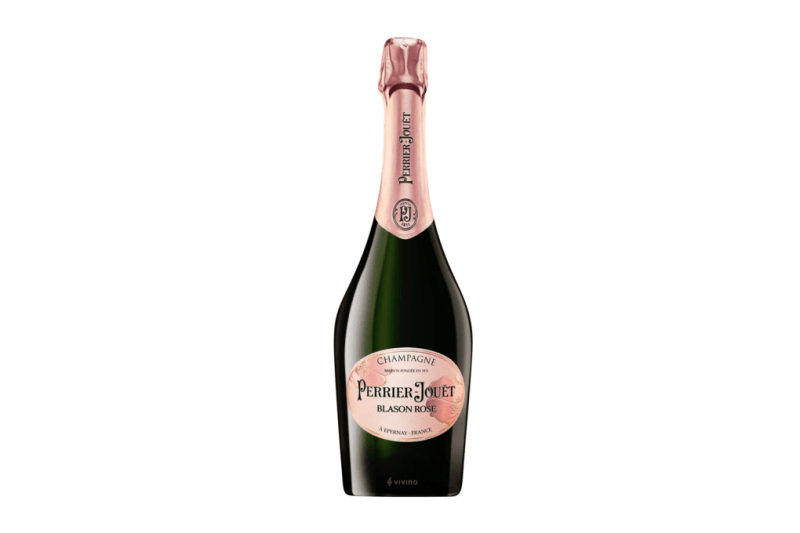
This French option will delight your taste buds with its delicate notes of Chardonnay grapes accompanied by rich flavors brought in by a high amount of Pinot Noir. Truly subtle and sophisticated, it’s easy to drink and is perfect for meal pairing, from starter to dessert.
Just to break things down, there are several kinds of sparkling rosé wines hailing from all over the planet. As mentioned, the Italian Prosecco is the latest of the bunch, DOC-approved as of last May. There’s pink Champagne from France, traditionally made with the addition of Pinot Noir or some Pinot Meunier. Spain makes some nice sparkling Cava Rosé too, often made with the addition of red grapes like Garnacha or Monastrell. American producers are increasingly known for the stuff and it’s not always Pinot Noir. Some are opting for grapes like Syrah for deeper colors and flavors.
Sparkling rosé is often made with just a small percentage of red grapes. Just 10-15% of a blend is more than enough to afford some color and additional flavors. Some appellations and nations are stricter than others in terms of what’s allowed into the bottle, so do some online perusing and back-of-the-label reading as you sip.


